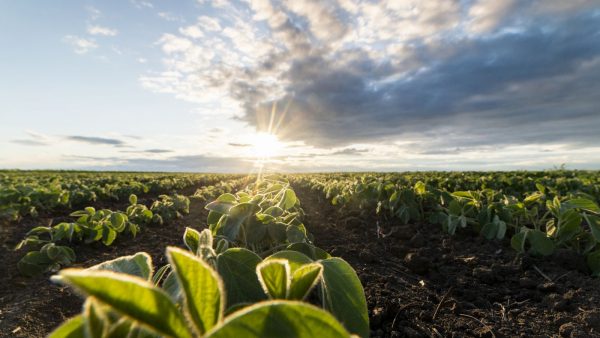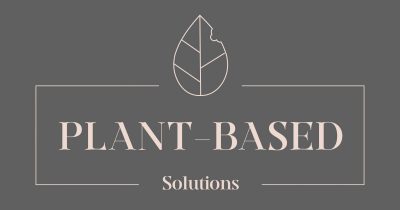How sustainable is soy?

The food industry is listed as being among the top three industries with the largest ecological footprint.
In order to calculate the ecological footprint, scientists examine the industry as a whole. The starting point is the production and processing, which includes aspects such as greenhouse gas emissions, water and energy consumption, pollution, and land use.
These days, we are all familiar with the fact that a plant-based meal is considerably more environmentally friendly than a meal based on animal products. For instance, the CO2 emissions associated with beef production exceed those of tofu by ten times, and the CO2 emissions associated with cow’s milk are twice that of soy drink.
But, judging by the overall footprint of soy, how sustainable is soy? Well, we have presented an overview of the facts about soy production below.
Deforestation
The Amazon rainforest in Brazil is not the only region at risk due to soy. The same is true for the Cerrado. The Cerrado is South America’s savannah area. It is more than 40 million years old and is being deforested at two to three times the pace of the Amazon rainforest. The primary reason for soy production in these areas is animal feed. Over three-quarters (77 %) of global soy production is intended to feed livestock for meat and dairy production. The remainder is destined for use as biofuels, industry, and vegetable oils. A mere 7% is used directly in human foods, such as tofu and soy drink (Ritchie, H. & Roser, M., 2021). Global soybean production has been surging for years due to the rising demand for meat and dairy, rising from 250 million tonnes in 2010 to a whopping 333 million tonnes in 2019!
The production, processing, and CO2 emissions of soy products
There are several different types of meat and dairy substitutes. Some are more highly processed than others. Highly processed food virtually always has a larger environmental footprint than less processed or unprocessed food, as is the case for soy products. In terms of CO2 emissions, tofu, soy drink, and soy flour typically outperform highly processed, ready-to-eat substitutes such as soy-based vegan schnitzels.
Soy versus meat
In terms of CO2, lightly processed soya is considerably preferable compared to meat. In fact, studies show that obtaining 1 kg of soybeans emits about 0.6 kg of CO2 equivalents, whereas the production of one kilogram of tofu emits around 0.7 kg of CO2. Consequently, processing soy into tofu emits another 0.1 kilograms of CO2. This makes tofu a better alternative than chicken, pork, and beef, which emit between 3-6 kg of CO2, 3-11 kg of CO2, and 16-22 kg of CO2 per kilogram of meat, respectively.
Looking towards a sustainable future!
It is highly recommended to switch to a 100% plant-based diet and opt for less processed foods (including soy). This applies to businesses that consider it important to develop a sustainable reputation or support their staff’s overall health. It is also important to consumers who prefer to consume environmentally conscious foods, where possible.
In addition to being more sustainable, unprocessed foods are healthier than highly processed food. For those companies that have decided to make their corporate culture healthier and more sustainable, the above facts can be taken into account when (re)designing the company restaurants and other food spots in a facility. Plant-based Solutions is here to help through tailor-made advice. For more information, please feel free to contact us.
